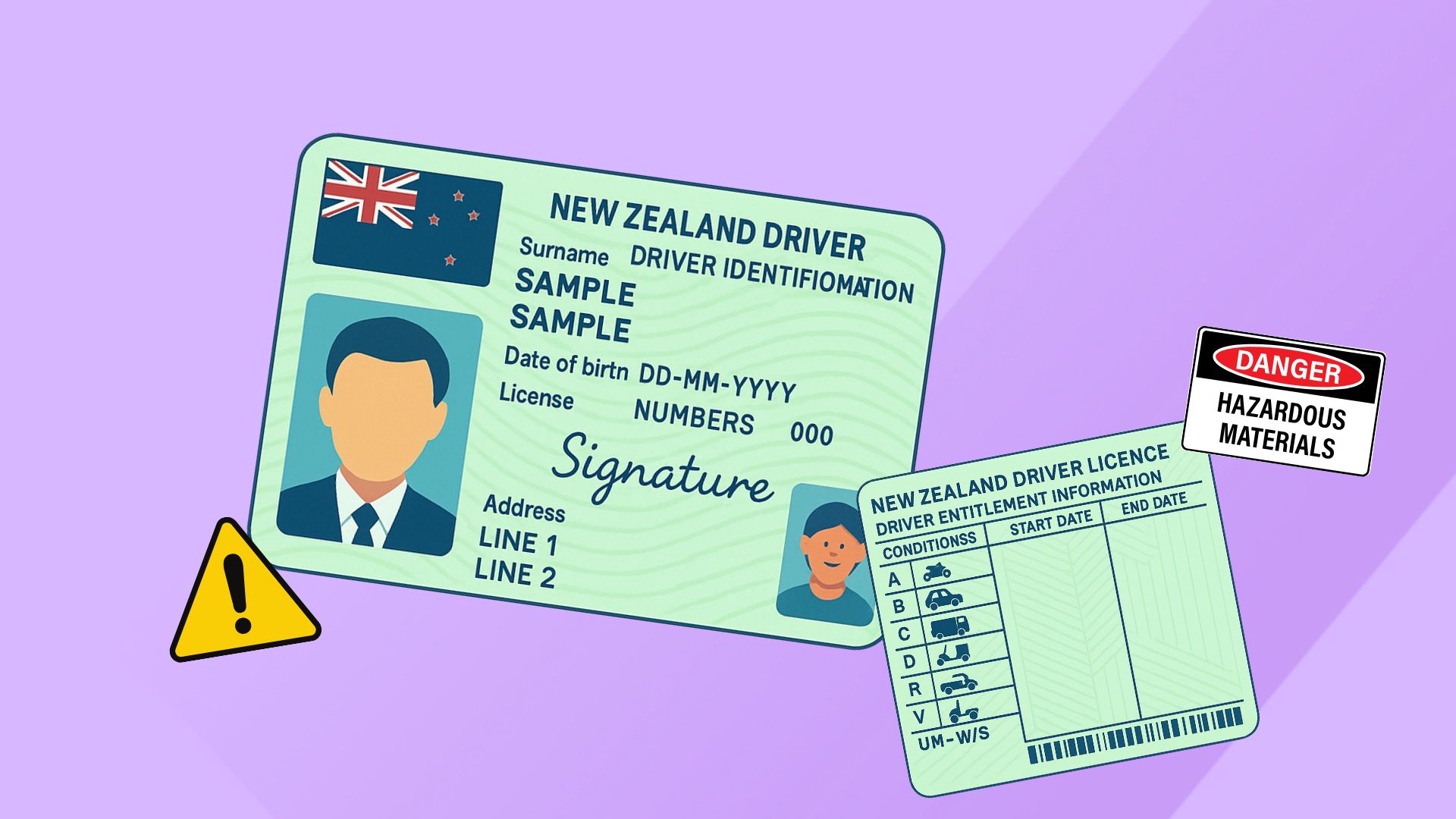How quirky legal obligations reshape global EHS compliance.
While international frameworks like ISO 45001 or ILO conventions set global standards, local jurisdictions often enforce unexpected corporate laws tied to EHS compliance. These rules, sometimes quirky but legally still binding, impact everything from workforce health metrics to transport licences, ergonomic rights, and childcare infrastructure. Failing to navigate these nuances can expose multinational teams to fines, reputational risk, and even criminal liability.
Legally Prescribed Hazard Assessments & Lone-Worker Check‑Ins
In Alberta, British Columbia, Manitoba, and many other Canadian provinces working alone is considered a hazard that employers must assess and control under the occupational health and safety explicitly requires:
- A documented hazard assessment
- Communication protocols
- Emergency systems and scheduled check-in intervals
Part 28 mandates employers to conduct a hazard assessment for lone workers and implement appropriate measures to control those hazards. Employers must ensure “health and safety at work”.
Waistline Inspections Under the “Metabo Law”
Introduced in 2008 by Japan’s Ministry of Health, Labour and Welfare, the Metabo Law requires waist circumference measurements for all citizens aged 40–74:
- Men: 85 cm (≈33.5 inches)
- Women: 90 cm (≈35.4 inches)
If a region exceeds obesity thresholds, employers and local governments may incur financial penalties. Workers who “fail” the measurement are required to attend counseling and follow-up health monitoring. This system affects about 50 million people, making it one of the largest workplace-linked public health compliance programs in the world.

The ILO Right to Sit Law & Seating Compliance
Germany ratified the Hygiene (Commerce and Offices) Convention (1964, ILO C120), which requires employers to provide suitable seats and allow employees to sit when tasks permit. In practice:
- Cashiers must be allowed to sit. Aldi implements this even outside jurisdictions with no explicit seating rules
- German law for workplaces states seats must be provided at workstation or nearby if work permits sitting
This is part of EU Directive 89/391/EEC and often negotiated through works councils (Betriebsrat), which have co‑determination rights over working conditions including seating policies.
Legal Career Breaks via “Time Credit” System
Belgium’s tijdskrediet allows employees to take structured, temporary leave (up to full-time) for purposes such as childcare, study, or personal wellness. While employers cease salary payments, workers can receive state allowances (~€500–600/month) through ONEM/RVA, depending on leave type and seniority.
Although not labeled an EHS rule explicitly, this work-life law intersects with occupational well-being and workforce planning, requiring legal compliance in leave management and benefits design.
Dangerous Goods Drivers Must Hold a “D” Licence
Under the Land Transport Rule in New Zealand, any driver transporting hazardous goods commercially above threshold limits must hold a “D” endorsement, renewed every 5 years, contingent on training in hazard classification, documentation, loading procedures, and emergency response.
This ties EHS compliance directly into licensing and logistic qualifications, meaning transport safety becomes a regulated component of your company wide EHS program.

Statutory On‑Site Crèches Under Maternity Law
The Maternity Benefit (Amendment) Act, 2017 in India mandates that establishments with 50+ employees provide on-site childcare facilities for children under six, including:
- Adequate space, hygiene, and staff
- Four daily visits for mothers, including rest breaks
Employers must comply whether or not staff request it, making this an obligation aligned with occupational wellness and EHS infrastructure planning.
No Dismissal Under Labour Code
Due to Portuguese Labour Law, employees can only be dismissed for strictly defined reasons (e.g. misconduct, redundancy), with mandatory notice periods and severance. Wrongful dismissal offers legal remedies, and reinstatement or compensation.
Termination is legally permissible only under clearly defined objective (e.g. economic restructuring) or subjective causes (e.g. misconduct). Non-compliance with procedural rules, including notice, documentation, and appeals—can lead to reinstatement, compensation, and legal disputes.
In EHS-related dismissals (e.g. due to safety violations), termination must be robustly justified and well-structured, aligning with local procedural and documentation standards.
.png)
EHS corporate laws go beyond PPE and chemical safety, they can include waistlines, seating rights, childcare facilities, and remote-worker protocols. For senior-level EHS professionals managing global compliance, understanding these localized legal quirks is not optional.
Want a system that handles both big frameworks and local nuance? Discover denxpert LEGAL
%20(14)-modified.png)









.jpg)

.jpg)